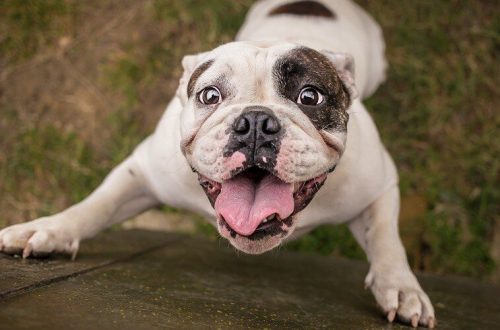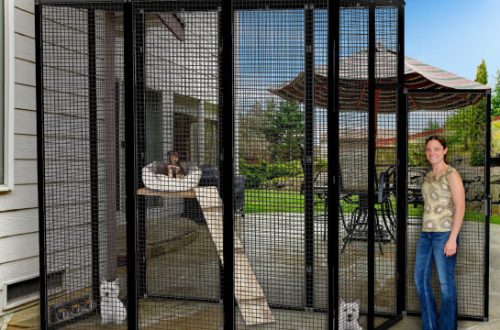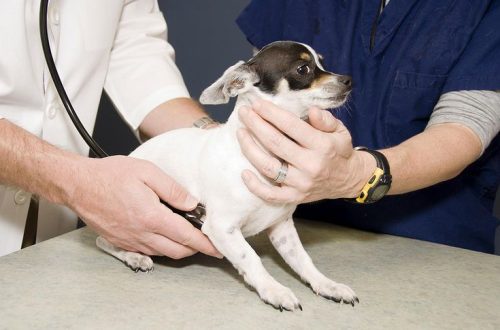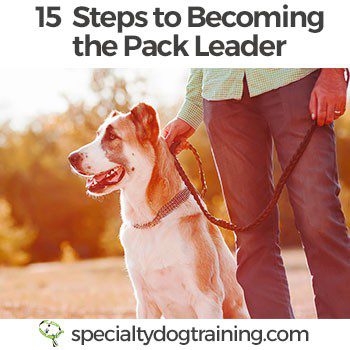
How to become a leader for an independent dog?
Independent dogs are difficult to train, little obedient or naughty at all. And generally they are on their own.
Dogs are independent for two reasons. The first of these is pedigree. The fact is that there are dog jobs, for the successful completion of which dogs must be more or less independent of a person. For example, many breeds of hunting dogs, being away from the hunter, must rely only on themselves. And how can you rely on a person if he hears and smells worse than you?

Priotary and sled breeds are also very independent dogs. When creating these breeds, they did not make a special selection for obedience and training abilities.
Yes, even a Labrador who is looking for explosives should be quite independent of the dog handler when deciding on the presence or absence of the target object.
Of course, one should not let the dog’s independence take its course, because it will not be possible to effectively use an uncontrollable mechanism in the work, but you will have to put up with some independence and even bring up some independence in the dog.
Thus, we can, and sometimes should, allow the dog relative and situational independence, given the breed and current activity.
The second reason for the independence of dogs lies in the wrong education or lack of this education. This can happen to any breed of dog. And then the dog lives with the person, but not with him, not together with him, but next to him. Like in the same apartment, but by itself. He perceives a person as an apparatus for issuing food and taking him out into the street and nothing more.
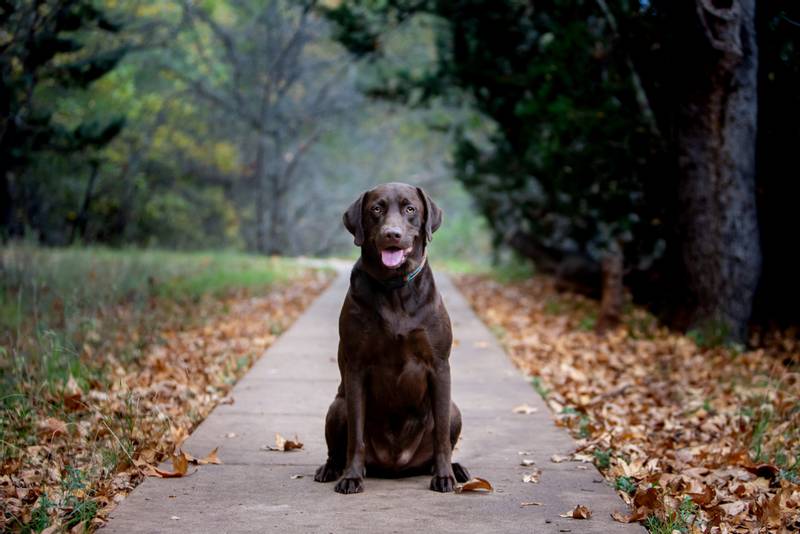
Sometimes the owner’s vulnerable soul boils over with dog’s disrespect and decides to run for leadership.
Being a leader means being a highly respected member of the team, enjoying authority, making decisions and playing a central leadership role in organizing joint activities and regulating relationships in the group. The leader initiates and organizes group activities and group interactions.
So, there is nothing easier than to become a leader! You just need to have the qualities of a leader and perform the functions of a leader. Delov something!
No leadership qualities? Get them or live with a dog on a leash. By the way, so many live, if with a husky or a beagle.
The leash is one of the main means in the struggle for leadership. But more on that below, but for now, about the fact that leaders are different.
A leader can be an authority, leader, leader, head, chief, dictator, director, ringleader, boss, commander, leader and leader.
In addition, leadership experts distinguish the following leadership styles:
An authoritarian leader, who is also a dictator, establishes strict discipline, a clear distribution of responsibilities, imposes his opinion without taking into account the opinions of group members.
A democratic leader is almost a leader; he takes into account the opinions of the group members, encourages their initiative, delegates some of the powers (for example, when hunting) to the dog.
The liberal leader is a formal owner, does not conflict, does not insist, goes on a leash where his dog leads. That’s just with a formal owner (I’m the owner, and only for that I ask you to love me!) The group is practically not organized and fragmented, and functional responsibilities are distributed chaotically.
Becoming a leader and being an imitator is a painstaking task that requires time, effort and even some sacrifice on the part of the owner. Example: now you, tired after work, on an evening walk, just drag yourself on a leash, where the wind (i.e., the dog) blows. And the leader leads, initiates a variety of activities, without giving the dog a single minute of doing nothing, offers the dog one or the other fun and important thing. Sometimes he runs with the dog, sometimes he looks for toys, sometimes he trains obedience skills, etc. Can you do it?
To become a leader, that is, an important and respected member of the canine-human group for the dog, you must become an indispensable condition and an indispensable factor in satisfying the dog’s important needs. And those for dogs are walking, meeting hygiene needs, exploring new territories, physical activity (physical activity, running), sniffing, solving intellectual problems, love and attention. And, of course, it is the leader who decides when and what to do, where and how to go. The leader regulates the behavior of the members of the group.
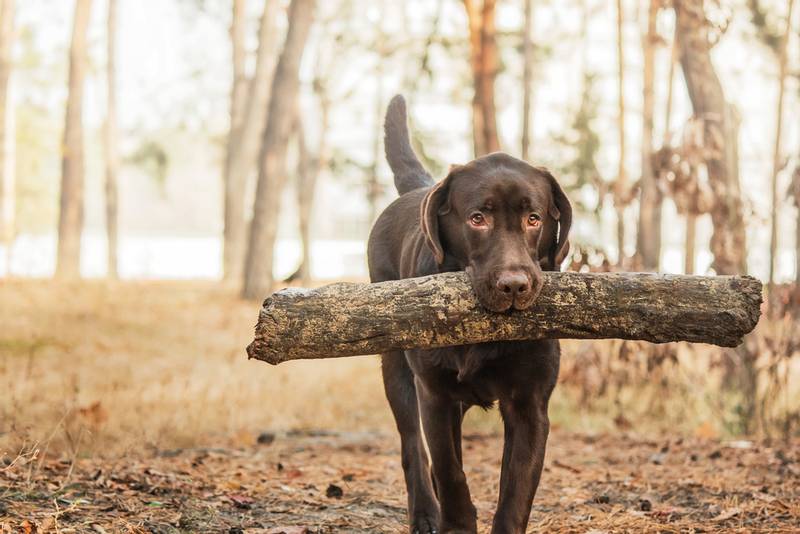
To begin with, on the way to the top of leadership, limit the dog in everything that is written above. Don’t just feed. The dog must earn food from you. Just deserve it. You are a feeder. Or by analogy with Zeus the Thunderer – a feeder. That is, you are also the main god. Pour out the daily dose of food (if you feed it with natural food, transfer the dog to ready-made food) and feed it during the day, only when the dog fulfills your next requirement: he fulfills the command, sits, looks at you, brings a toy, etc.
Training, training and more training! Obedience, obedience and more obedience! You say drill? But this is the only way to show the dog that he is in your power.
Doesn’t listen? Is there not enough physical strength to force? Don’t feed. Turn away. Stand back. Pay no attention to the dog. After a while, repeat the request.
Is the dog approaching and asking for attention? Let her execute a couple of commands, and then scratch her belly as much as you want.
Brought a toy and offers to play? Let him execute a couple of commands, and then play.
But better get ahead of the dog: be the first to offer her interesting things. And as often as possible.
Asking for a walk? Get dressed and go to the door. They stood and undressed. After a couple of minutes, invite her to go for a walk.

It has already been written about how a leader should behave on the street. If the dog does not lead to your activity, stop, take the leash as short as possible. Let him sit – stand – get bored. Again, offer action.
With dogs that need to run a lot, run together. And it is you who should be the initiator of the run. Have hunting or hunting dogs look for hidden food toys.
Change direction as often as possible. Change your walks. Take your dog to unfamiliar places.
Every minute make the dog perform some command: come to you, sit down and sit, stand up and stand … The dog should change position and move on only at your command.
When the dog understands that only you know when and what to do, and this has to be obeyed, and only you are the condition for satisfying his most important needs, then you will become an important member of the group, needed and respected. And this, you see, is the quality of a leader.



